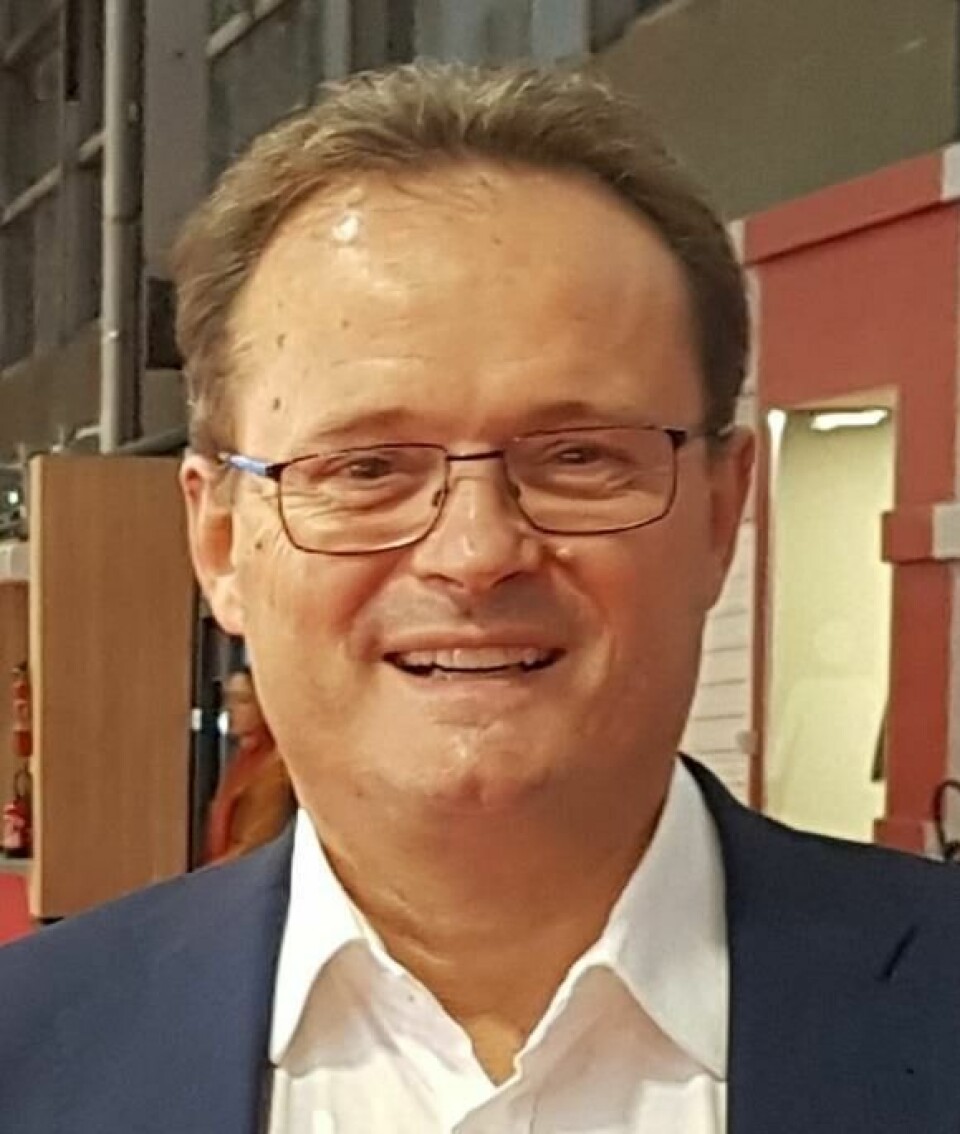Q&A: Pascal Trummer, Magna International
The tier supplier’s vice-president of sales and marketing in Europe discusses major trends in the automotive industry, plus the state of the market in Central and Eastern Europe

How has business been for Magna in the CEE region in recent years?
Magna has been successful in developing our business in the CEE region. Our plants in Poland as well as in Slovakia have been extended and a new paintshop in Slovenia has been launched recently. Actually, we have 34 plants in this region.
What are the main trends in the automotive components industry?
The automotive business is facing big challenges, starting from the move from internal combustion engine to electrification up to the business model itself shifting from ownership to more mobility services. At the top, tariff discussions [between the US and EU] are sharpening the overall market situation. All these factors lead the OEMs to improve their costs and a few OEMs are shifting production to CEE in order to leverage their costs. On the one hand, this gives new opportunities for the supplier base, however on the other hand this could bring more tension over the availability of resources as well the situation on wages.
Is competition in this part of Europe on the rise?
CEE remains attractive for the supplier base because of its skilled people. However, the limit on additional resources will be challenging for keeping a competitive footprint in the long term. These resources are skilled people as well as programme management with knowledge of automotive industry. We see key players building up a new footprint in North Africa in order to be able to leverage this rising competition in terms of resources and wages.
How are Magna’s logistics organised in CEE?
Our logistics network is optimised in the best way possible at plant and corporate level. Depending on the size of the shipment, Magna uses grouped transport, milk runs or full-truck loads. In a certain region, smaller shipments are picked up by a selected service provider using its own network. For mid-size consignments, Magna plans milk-runs; a truck picks up shipments at two or three suppliers on a route. And finally, Magna runs full truck loads for high-volume suppliers.
Which transport modes are used?
Due to transport volume, the main mode of transport is truck. In general, we [face] the huge challenge of sustainable transport. E-trucks are not yet available, just electrified diesel trucks, and LNG [liquified natural gas] refilling station availability is very poor. LNG trucks are more expensive than diesel trucks – over €40k – e-trucks are very expensive and FC [fuel-cell] trucks cost a fortune.
The target must be to improve sustainability at the same cost level. Any improvements in rail infrastructure and multi-modal rail service products will help. In general, rail service providers have to provide additional services so that smaller shippers can participate in rail transport. There aren’t so many shippers that are able to fill an entire block train.
Read more about suppliers in the Central and Eastern Europe region here.
Access the conference report from the Automotive Logistics Central and Eastern Europe summit.





